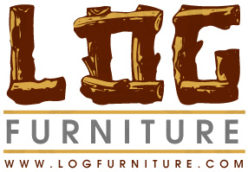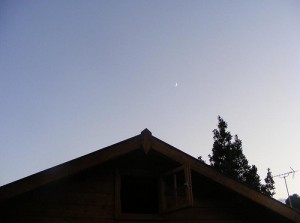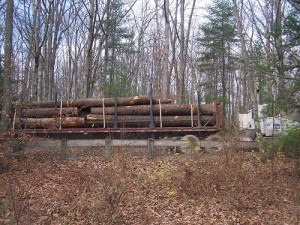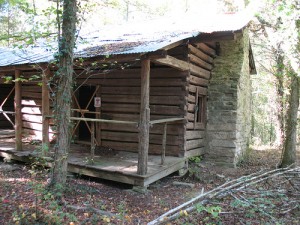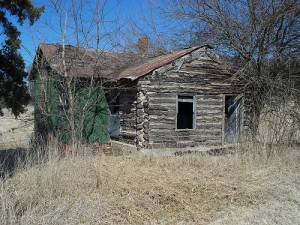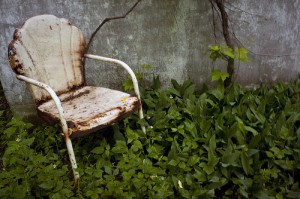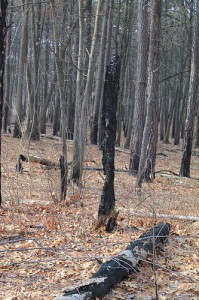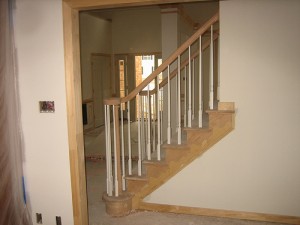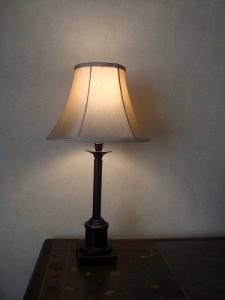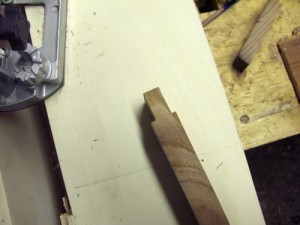
Simple Rustic Furniture: A Weekend Workshop With Dan Mack by Daniel Mack is an excellent resource for rustic furniture enthusiasts. Even if you’ve never laid your hands on a natural piece of wood or picked up a woodworking tool, this book will get you motivated to do just that. It will help you create your own rustic furniture for your home or log cabin.
This book explains each and every type of wood, material, and tool that one would need to create a piece of rustic furniture. It also looks at the various methods involved in working with natural types of wood and material, drilling methods that are most effective for woodworking and furniture making, and the most basic types of joinery, such as the mortise and tenon method along with others that are even easier to do.
There are several basic projects discussed and explained throughout the text. These include how to make the following rustic items: a trellis panel, a seven-foot ladder, a small bookcase, a four-panel room screen, outdoor chairs and benches, a rocking chair, and a table. The great thing about this book is that practically no knowledge and experience of woodworking or rustic furniture creation is necessary in order to read it and successfully follow the directions in it. Each project is presented in an easy-to-read way with step-by-step instructions and photos of each step to make the process for the reader smooth and simple to understand. Buying pre-manufactured rustic furniture can get expensive in some cases, but if you can make it on your own by following some steps in a book, why not give it a try? It’s fun and will save you some money all at the same time.
This 112-page book was published by Lark Books in February 1999. Daniel Mack, the book’s author, is an artist from Warwick, New York who specializes in creating simple and natural furniture from materials that he picks directly out of the natural world. He has authored several books on this subject, including The Art of Rustic Furniture: Traditions, Techniques, Inspirations (2001) and The Adirondack Chair: A Celebration of a Summer Classic (2008).
Books are a terrific resource for information on how to make your own log and rustic furniture. In addition to using these resources, be sure to use LogFurniture.com to find a wealth of information on this process along with lots of info about what types of log furniture are available, how much they cost, and where you can buy them.
